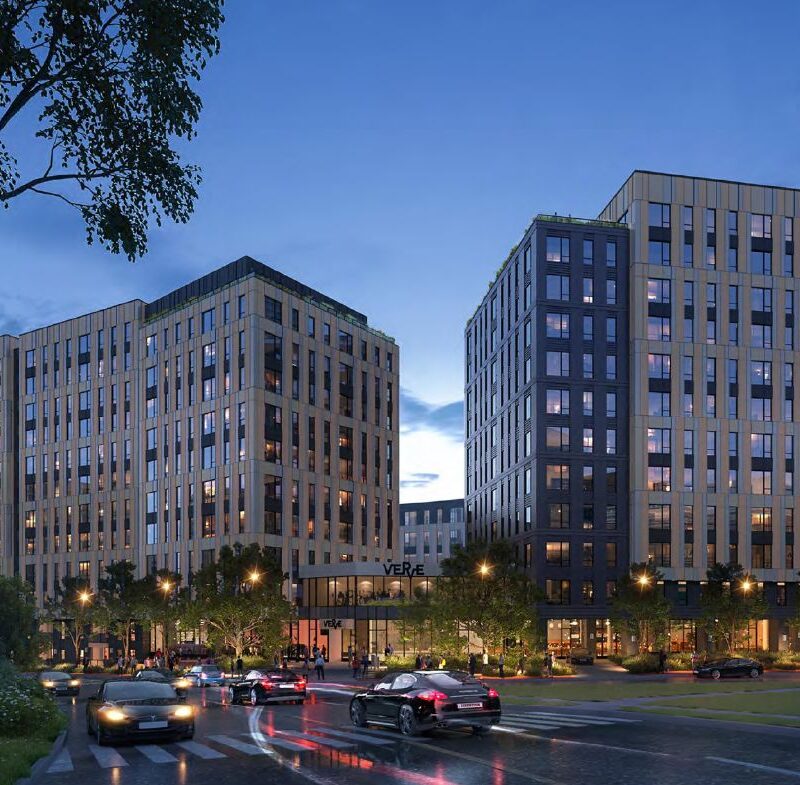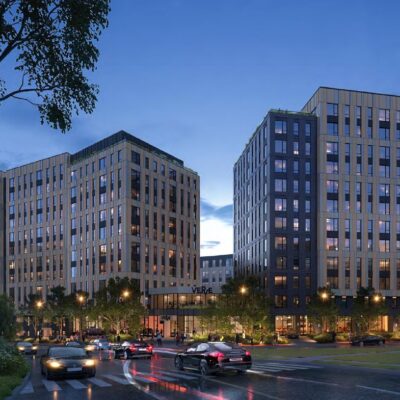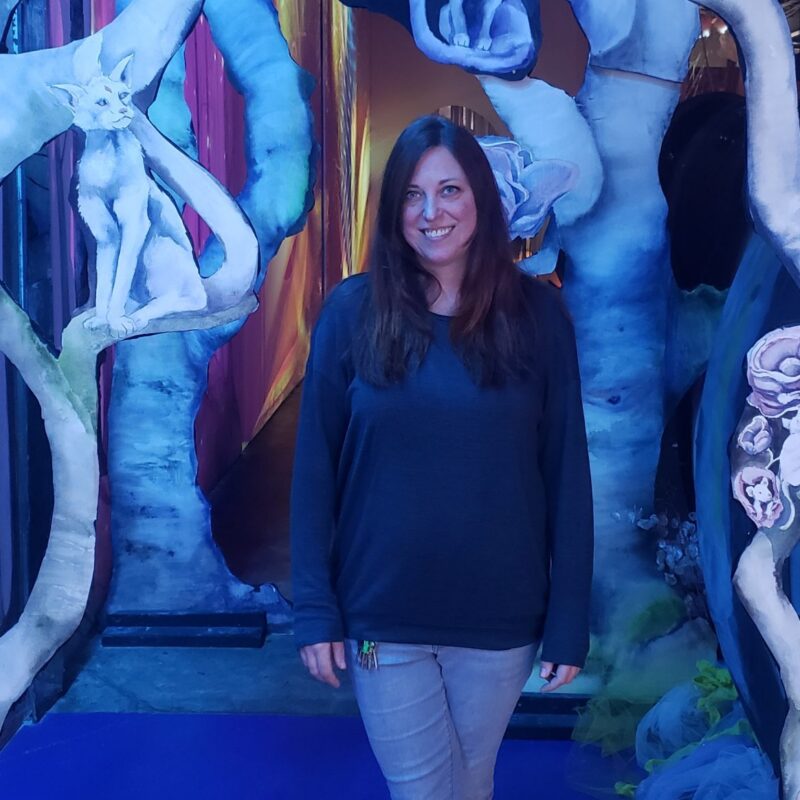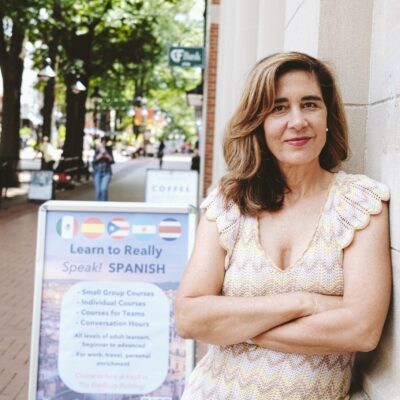|
The market attracts thousands of shoppers each week, but experts say with the right location and development, Charlottesville’s City Market could be as culturally and economically viable as the Downtown Mall. (Photo Carissa Dezort) |
After a city-appointed task force recommended a permanent location for the market, several members formed a new group, the Charlottesville Market District Alliance (CMDA), which is advocating for a more developed, lasting market. This month, the alliance plans to encourage City Council to support its vision. For 18 years, vendors and shoppers have flocked to the Water Street parking lot every Saturday morning, April through December, for Charlottesville’s City Market. The location is often described as too crowded, and while some might see the busy scene as a sign of success, local experts believe the market could grow beyond the weekly, five-hour session if given the room to expand its footprint and its mission.
“There has to be a group that keeps pushing things forward and putting it on the radar of
city leaders,” said Brevy Cannon, former task force member and CMDA member.
Stakeholders believe that with the cooperation of community leaders, Charlottesville’s City Market has the potential to grow and serve the city as more than just a weekly attraction.
According to Cecile Gorham, a member of the CMDA, the market is the most successful and economically viable program put on by the Department of Parks and Recreation. The market, with over 100 vendors including local farmers, bakers, and artisans, has sustained itself for 40 years, despite spending the last 18 in its temporary location: the sloped, crowded parking lot on Water Street.
In 2011, when it became clear the market was outgrowing its current location, City Council appointed the City Market Task Force, made up of vendors, architects and planners, to study potential locations for a permanent home for the market.
One of its first steps was to hire David O’Neil, an international market expert, to assist with the research process and consult the task force in its recommendation.
But during its study, task force members said they quickly recognized the job wasn’t so simple. Transplanting the market to a newer, larger location would not be enough.
“Expansion is not the idea,” said Gary Okerlund, a former task force member. “Improving the quality is.”
On July 7, 2011, the task force presented its findings to City Council, recommending that the market remain in its current Downtown location. But it also recommended the site be developed into a “market district” in order to reach its economic and cultural potential.
By the task force’s definition, the market district would be a mixed-use space that balances the market, public space, and commercial space. The idea is that once the market itself is established, complementary businesses will move in to vacant properties nearby, surrounding the central plaza with restaurants, local food and craft stores, and neighborhood services.
The task force completed its charge of recommending a permanent market location, but received no formal response from the city regarding the idea of a market district.
“It was slightly less than totally clear what exactly would be expected as a result of that final report,” said Cannon. He said he and other members recognized the need to define a clear mission for the market, and formed the CMDA in cooperation with Market Central, the volunteer group that helps with basic week-to-week operations.
At the May 21 City Council meeting, the alliance will present its case for action on the plan: A market district would increase property values, members say, and will create a new, attractive public space Downtown, promote local food and public health, and increase traffic to existing Downtown businesses.
With the benefits laid out, the CMDA will ask City Council for support in its vision, which willinclude creating design and development guidelines, performing an economic feasibility study, and guaranteeing the market three years of operation at its current location so vendors and market staff will have a stable planning horizon.
But city officials say the issue merits yet more study before it can move forward. City Manager Maurice Jones said a “full-scale study” would be necessary to determine economic feasibility.
According to Jones, a proposal will be requested for an economic feasibility study at the May 21 City Council meeting, and attendees will have a chance to speak on the issue during public sessions. The next step would be to post the RFP, accept proposals, and begin the process of selecting a third party.
If the Water street lot does become the market’s permanent home, property conflicts could complicate the process. But Cannon said Charlottesville Parking Corporation, which owns a portion of the property, has informally expressed openness to selling the lot to the city for $7 million.
The process of designing and developing a market district will be a long and costly one, but stakeholders believe it will be economically viable for the city.
“The potential of the market to increase affordability and livability of the city hasn’t been tapped,” said Beth Myer, an associate professor of architecture at UVA whose classes have studied the design and future of the Downtown area.
Myer compared the market to the Downtown Mall, recalling that the beloved, vibrant pedestrian mall did not gain its success overnight.
“That didn’t happen just by itself,” she said. “It took leadership on the part of both members of City Council and city staff.”
The city has not formally accepted a plan to develop a market district, but both Council members and the city manager have acknowledged the market’s importance in Charlottesville’s culture, and City Council named the permanence of the market as one of its top priorities for this year.
“We live in such a creative community that many of us are convinced that we can make this happen,” said City Councilor Dave Norris.
/market.jpg)





